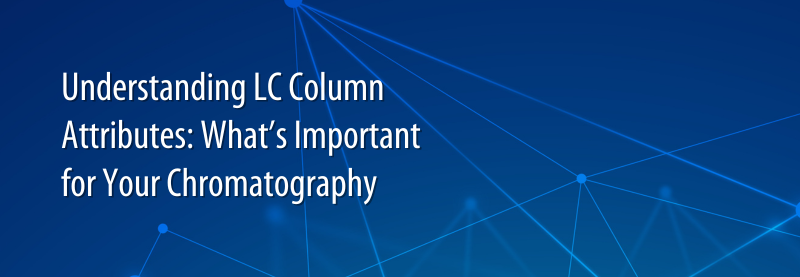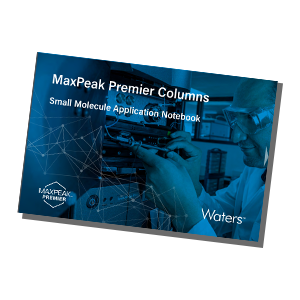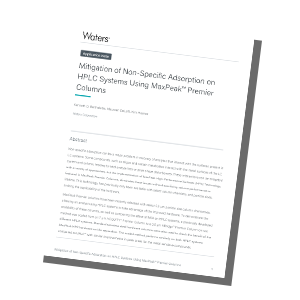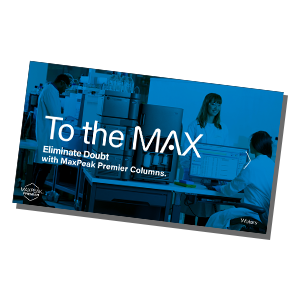
Have you ever wondered how the LC column creates a separation? What attributes are important, what do they do, and how can you use them to your advantage? This course is designed to take you from beginner to advanced in understanding column selection and method development. It will cover the key aspects of the LC column from the base particle to the bonded phase, and even the hardware.
The full course includes six tutorials, including:
- Column particle technologies: The good, the bad, and the ugly
- Base particles: The key attributes that impact retention
- Solid-core particles: How do they provide higher column efficiency and lower backpressure?
- Ligands: C18, Phenyl, PFP… how to choose?
- Column longevity: What determines the lifetime of the column and how can you extend it?
- The perfect match: Selecting columns to maximize performance on your LC system
Once you complete all the tutorials in this module, including answering all the quiz questions correctly, you will receive a certificate of completion. Now that you’ve learned about how particles and ligands can maximize separations, be sure to check out our other module “How to improve method robustness through control of unwanted interactions.”
Plus, download these additional resources

[Application Note] MaxPeak Premier Columns Small Molecule Application Notebook — This application notebook describes MaxPeak Premier Columns, constructed with MaxPeak High Performance Surfaces (HPS) Technology, which were created to address the concern of non-specific adsorption by mitigating interactions of analytes with the metal surfaces.


[Brochure] To the Max: Eliminate Doubt with MaxPeak Premier Columns Brochure — When it comes to selecting an analytical column for your method, uncontrolled interactions between your analytes and the column hardware can cast doubt on the accuracy of the results. This brochure describes how MaxPeak Premier Columns can help.
The Presenter Jonathan Turner is the Product Marketing Manager for analytical UPLC, UHPLC, and HPLC columns at Waters Corporation. He joined Waters Corporation in 2006 as a research chemist in the Chemistry Research and Development Group. From 2006 to early 2015 his role was to design, develop, and evaluate new novel stationary phases for both small molecule and large molecule separations. In 2015 Jonathan transitioned from the laboratory to the Chemistry Product Management Group; in this new role he uses his expertise in chromatographic media to help design, develop, and commercialize new modern stationary phases.
Jonathan Turner is the Product Marketing Manager for analytical UPLC, UHPLC, and HPLC columns at Waters Corporation. He joined Waters Corporation in 2006 as a research chemist in the Chemistry Research and Development Group. From 2006 to early 2015 his role was to design, develop, and evaluate new novel stationary phases for both small molecule and large molecule separations. In 2015 Jonathan transitioned from the laboratory to the Chemistry Product Management Group; in this new role he uses his expertise in chromatographic media to help design, develop, and commercialize new modern stationary phases.